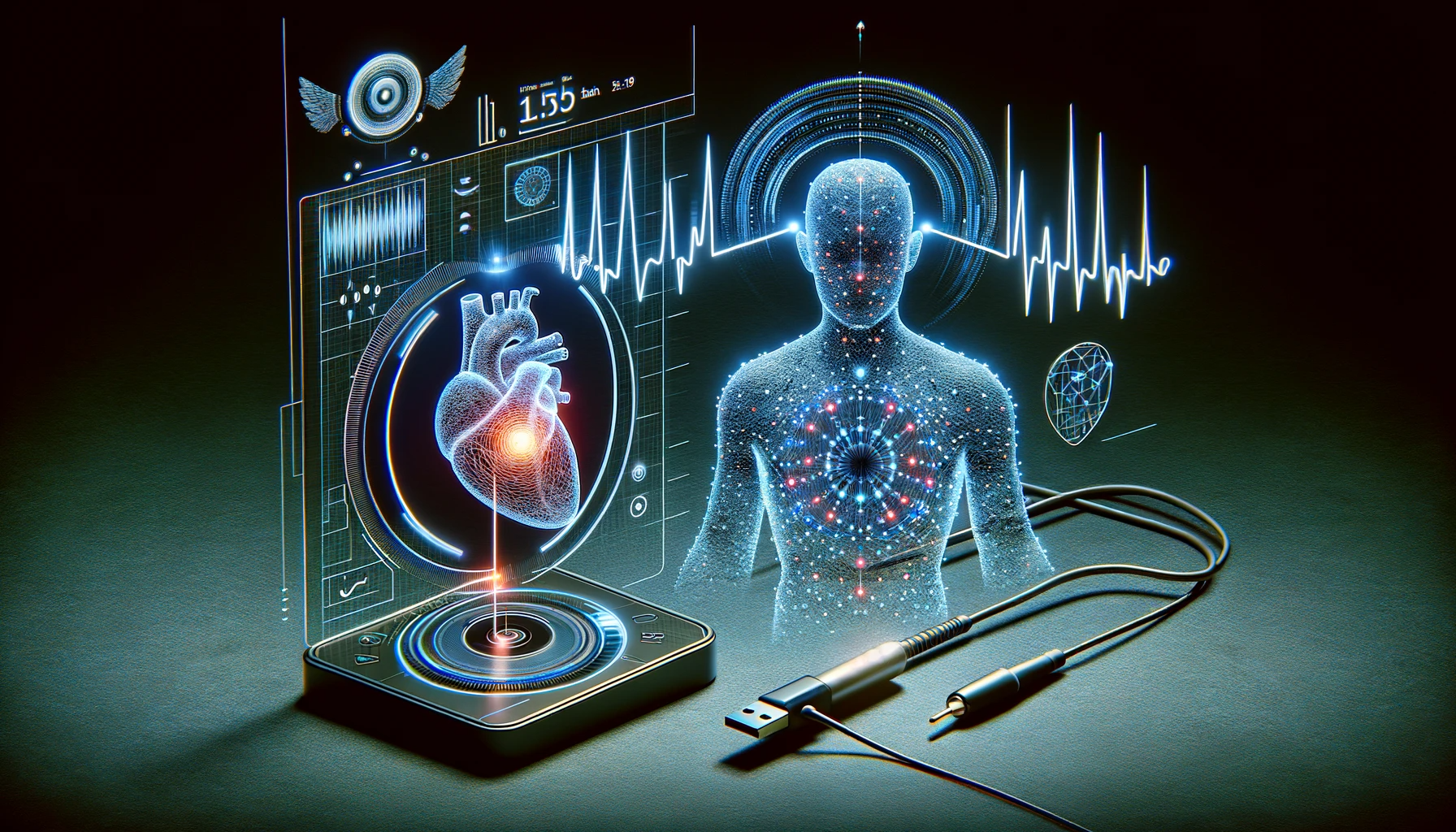
EQ-Radio: The Wireless Device That Reads Your Emotions
In the realm of scientific discovery, the Massachusetts Institute of Technology (MIT) often leads with groundbreaking research. One of their latest innovations, developed in the Computer Science and Artificial Intelligence Laboratory (CSAIL), is the EQ-Radio, a device that uses wireless technology to interpret human emotions. This breakthrough melds the precision of quantifiable data with the subjectivity of human feelings, demonstrating that even the most elusive of human experiences can be captured by technology.
The Science Behind EQ-Radio EQ-Radio operates by emitting radio waves that bounce off a person’s body and return to the device, which then interprets changes in breathing and heart rhythms. Impressively, the device boasts an 87% accuracy rate in detecting emotions like sadness, anger, and excitement. This method of emotion detection represents a significant leap from traditional facial recognition software and on-body sensors, which can be unreliable due to external factors like movement, temperature, and positioning.
A New Frontier in Emotional Understanding MIT professor and project lead Dina Katabi, along with her PhD students Mingmin Zhao and Fadel Adib, sees this technology as a pathway to better understanding and diagnosing conditions like depression and anxiety. Unlike facial recognition, which relies on external expressions that can be misleading or suppressed, EQ-Radio provides a more direct insight into an individual’s emotional state.
Wireless Signals as Emotional Barometers The precision of EQ-Radio is comparable to that of an EKG machine when it comes to measuring heartbeats. The device dissects heart rhythms into individual beats, using extraction algorithms to analyze minute variations in intervals. This data is then correlated with different emotional states. For instance, signals that align with low arousal and negative affect might indicate sadness, while those corresponding to high arousal and positive affect could suggest excitement.
Broad Applications and Future Prospects The potential applications of EQ-Radio are vast. Katabi, who also owns a company named Emerald that develops devices for monitoring the elderly, envisions integrating EQ-Radio technology to not only prevent falls but also to alert caregivers about emotional distress in their patients. This could be particularly beneficial in addressing issues like anxiety and depression, common among older adults.
Beyond Accuracy: A Step Towards Empathetic Technology What sets EQ-Radio apart is its ability to accurately read emotions even in subjects it hasn’t previously encountered, with a reported 70% accuracy rate. This surpasses other emotion-detection technologies like Microsoft’s Emotion API, which relies on facial expressions.
Conclusion: Embracing Emotional Intelligence in Tech As EQ-Radio prepares to be showcased at the International Conference on Mobile Computing and Networking, it stands as a testament to how far technology has come in understanding the human experience. By bridging the gap between emotional awareness and technological advancement, EQ-Radio is not just a tool for emotional detection; it’s a step towards creating more empathetic and understanding technological solutions.







